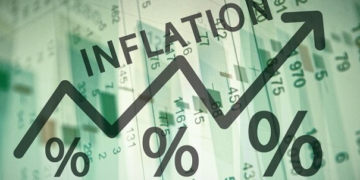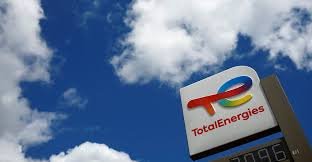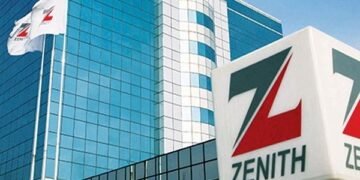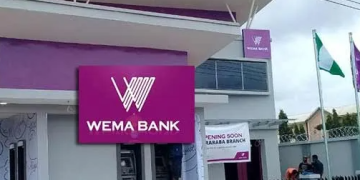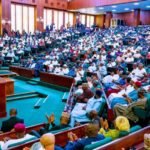On Saturday, we wrote about the how the Nigeria’s Revenue is shared every month by the Federal Accounts Allocation Committee amongst the three tiers of Government; Federal, States, and Local Governments. Today we want to look at the formula deployed in this monthly cake sharing ritual.
The flow of revenue into the Federation Account comes from the following sources; oil revenues and related taxes, revenues generated from the Nigerian Customs Service trade facilitation activities, company income tax (CIT), any sale of national assets, surplus and dividends from State Owned Enterprises (SOE).
The first line charge from the Federation Account is the 13% derivation deducted from the net mineral revenue accruing to the Federation Account, which is paid to oil producing states.
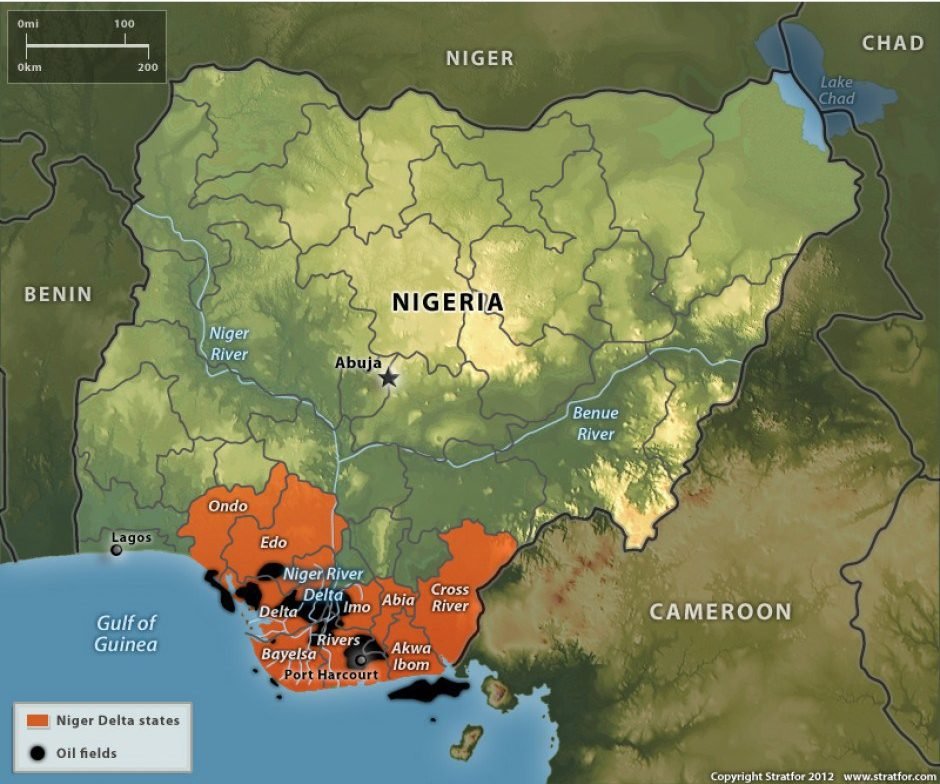
Fig 1: Oil producing States in Nigeria (Niger Delta States)
The oil and gas producing states are paid their 13% derivation allocation based on the actual level of production for each of the producing states.
Read; The Nigeria’s National Cake: How it is Shared
Fundamentally, there are two components of the revenue allocation formula used for the disbursement of the Federation Account to the three tiers of Government. These are;
- Vertical Allocation Formula (VAF): This formula shows the percentage allocated to the three tiers of government. The formula is applied vertically to the total volume of disbursable revenue in the Federation Account at a particular point in time.The VAF allows every tier of government to know what is due to it; the Federal Government, 36 State Governments & the FCT and 774 Local Government Councils.
- Horizontal Allocation Formula (HAF): The formula is applicable to States and Local Governments only. It provides the basis for sharing of the volume of revenue already allocated to the 36 States and 774 Local Governments.
Thus, it can conveniently be concluded that the vertical allocation formula is for inter-tier sharing between the three tiers of government while the horizontal formula is for intra tier sharing amongst the 36 States and the 774 Local Governments in Nigeria.
Read also; Coronavirus Update – China Reports No new cases; Nigeria Records 265 new cases
The current vertical allocation formula on the net federation account revenue distributable (i.e. after statutory deductions such as 13% and other charges and costs and excluding VAT) is as follows:
- Federal Government – 52.68%
- State Governments – 26.72%
- Local Governments – 20.60%
The Valuable Added Tax (VAT) revenue which is not shared according to the formula above is shared vertically as well according to the formula below;
- Federal Government – 15%
- State Governments – 50%
- Local Governments – 35%
At the time of this editorial, the formula for sharing VAT revenue amongst the States and Local Governments could not by ascertained. However, all literature reviewed indicates that whatever formula being used is biased against the States generating most of the VAT revenue.
The breakdown of the 52.68% allocated to the federal government is distributed according to the below percentages;
- Federal Government – 48.5%
- General ecological problems – 1%
- Federal Capital Territory – 1%
- Development of natural resources – 1.68%
- Statutory stabilization – 0.5%
The horizontal allocation formula which is more for the States and Local Governments, captures factors/principles and percentages as follows;
Equality – 40%: Here 40% of disbursable revenue from the share of the States which is 26.72% from the Federation account is divided equally across all 36 States.
The remaining 60% of the 26.72% of the State’s share of the Federation account is disbursed as follows;
Population – 30%: Here 30 of State’s share of 26.72% is shared according to the population of each State, as determined by the National Population Commission.
Land mass/Terrain – 10%: Land mass of a State or Local Government shall be the proportional area size (PAS) of the State or the Local government to the total area size of Nigeria, and shall be obtained as follows –
For each state – (PAS) = (Area size of State x 100)/Total area size of Nigeria
The allocation due to terrain is made on the basis of the proportional area size of the three identified major terrain types present in the State or Local Government area respectively, which are-
- Wetlands / waterbodies;
- Plains; and
- Highlands;
Internally Generated Revenue (IGR) – 10%: Each State is mandated to contribute 10% of its IGR into a joint State and Local Government account to be shared equally amongst the local governments in that state.
Social Development Factor – 10%: This comprises of Education (4%), Health (3.0%) and Water (3.0%).
Education as a parameter for allocation to Social Development Factor (SDF) relates to primary school enrolment which attracts 60 percent of the allocation to education while the remaining 40 percent is made using secondary school enrolment.
Read; Nigeria Headed for a Deeper Recession, to Shrink by 8.9%: Finance Minister
Allocation on the basis of primary school enrolment is made solely on direct proportion to school enrollment. 50 percent of the allocation on the basis of secondary school enrolment is made in direct proportion to school enrollment while the remaining 50 percent is made in inverse proportion to school enrollment. School enrolment refers to public funded schools only.
Health as a parameter for allocation to social development factor relates to the number of State/Local Government hospital beds there are and 50 percent of the allocation to health is made in direct proportion to the number of the State hospital beds, while the remaining 50 percent is made in inverse proportion to the number of State hospital beds.
Water as a parameter for allocation to social development factor shall be represented by mean annual rainfall in the State headquarters and territorial spread of State: 50 percent of the allocation to water shall be made in direct proportion to the State’s territorial spread, while the remaining 50 percent shall be made in inverse proportion to the mean annual rainfall in each State headquarters, using the most current five year figures, the same year for all the States.
Read more; States and LGAs Federal Allocations in April Drop by Over 50%
The 20.60% allocated to the 774 local government councils in the Nigeria are distributed among the 36 states based on the numbers of local government under each states’ jurisdiction using the same formula for revenue distribution to the state.
The amount for the local government councils in each state is credited into the State Joint Local Government Account (SJLGA) and distributed accordingly to each local government council as specified by the Allocation of Revenue (Federation Account, etc.) Act No 1 1982.
The 10% of the State’s IGR paid into the SJLGA is also distributed among the local government councils in each state on terms and conditions specified by the House of Assembly of each state.
This formula has given State Government’s unrestrained control over the funds allocated to Local Government Councils and therein undermine the autonomy of Local Government Councils.
All attempts to abolish the State Joint Local Government Account has been resisted by state governors.
The need for this seemly complex and politically charged cake sharing arrangement is beyond our understanding. We do not think it is a prudent way of doing things.
Written by;
Nnamdi M.










